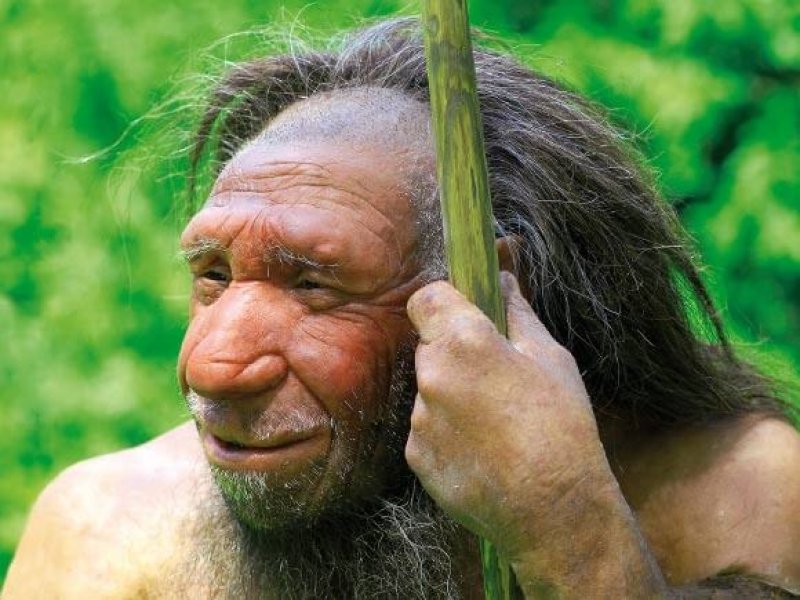The GLP aggregated and excerpted this blog/article to reflect the diversity of news, opinion and analysis.
Matthias Meyer has just published the results of what may be the world’s most wasteful genome-sequencing project. In decoding just 0.1% of the genome of the oldest DNA ever recovered from an ancient human, the molecular biologist at the Max Planck Institute for Evolutionary Anthropology in Leipzig, Germany, threw out enough raw data to map the modern human genome dozens of times over.
But the excess was necessary, because the DNA in the 430,000-year-old bones was degraded and contaminated. Meyer’s feat of recovery has revealed that the remains, from a cavern in northern Spain, represent early Neanderthals — and has pushed back estimates of the time at which the ancient predecessors of humans must have split from those of Neanderthals.
The analysis addresses confusion over which species the remains belong to. A report published in 2013 sequenced a femur’s mitochondrial genome — which is made up of DNA from the cell’s energy-producing structures that is more abundant in cells than is nuclear DNA. It suggested that at least one individual identified from the remains was more closely related to a group called Denisovans — known from remains found thousands of kilometres away in Siberia — than it was to European Neanderthals
The remains are known as the Sima hominins because they were found in Sima de los Huesos (Spanish for ‘pit of bones’), a 13-metre-deep shaft in Spain’s Atapuerca mountains.
Read full, original post: Oldest ancient-human DNA details dawn of Neanderthals































